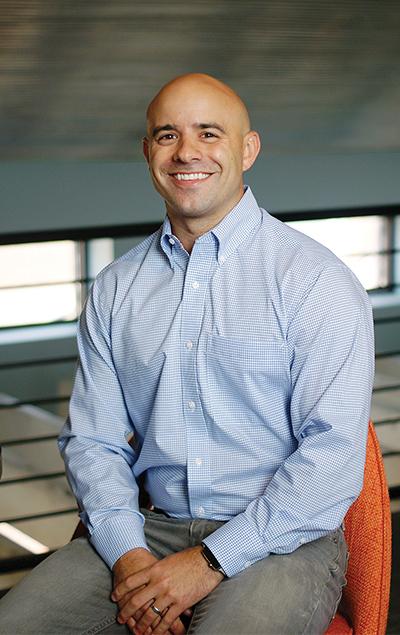This article was published in the June 2019 issue of Pet Food Processing. Read it and other articles from this issue in our June digital edition.
When it comes to pet food and feed quality, The F.L. Emmert Company’s motto is: “Results you can see, touch and feel.” The family-operated company, which has been in business for nearly 140 years, has innovated over the decades to meet evolving challenges but, throughout it all, has strived for product excellence to maintain and build consumer trust.
One way the Ohio-based company seeks excellence is through its operations and use of third-party auditors to verify that its production and performance is acceptable. “We continue to seek certification because it holds us accountable for doing what we say we’ll do,” says Ken Rod, vice president of operations.
F.L. Emmert is Safe Feed/Safe Food (SF/SF) certified for its feed business and holds a FSC32 Manufacture of Pet Food certification. The American Feed Industry Association launched the FSC32 certification program in 2011, building upon the strong foundation of its SF/SF certification program, but also recognizing that the food safety requirements for pet food are more closely aligned with human food than animal feed. The program currently has nearly 130 certified facilities and is administered by the Safe Quality Food Institute.
The FSC32 certification is the only food safety certification specific for pet food that is benchmarked with the GFSI, meaning it meets internationally accepted standards for food safety within the food retail industry.
The company became FSC32 certified in 2012 as a “way of validating our food safety program to both the industry and ourselves,” Rod explains. “By participating in a third-party program, such as this one, we were able to take an objective look at our systems and know we are competent in manufacturing a safe, quality product for our customers,” he adds. “This program constantly challenges us to not only maintain the highest standards, but to continually improve upon them.”
Over the years, he has seen the FSC32 program change significantly. “The first year we participated, the audit was fairly straightforward. I believe they may even have allowed for recertification to be done via a self-audit at one time,” Rod says. “Since then, the code and guidelines have evolved to be much better aligned with GFSI [Global Food Safety Initiative] standards, which has resulted in a much more thorough and robust program.”

“While FSC32 may not match a new or existing federal regulation exactly, the general principles still apply. Both FSC32 and FSMA include elements relating to hazard analysis, preventive controls and integration of CGMPs [Current Good Manufacturing Practices],” Rod says. “While the specific verbiage of a regulation may vary from FSC32, it can certainly act as a valuable guide toward compliance.”
The FSC32 audit is different from other animal feed audits in that it also includes a focus on microbial
control, a concern for pet food manufacturers and ingredient suppliers.
While there are certainly other pet food certification programs out there that contain different elements than the FSC32 program offers, Rod believes this program is “absolutely effective in its mission to ‘go beyond existing regulations to maximize food and feed safety.’” This is one reason F.L. Emmert continues to renew its certification year-after-year.
“It’s true that it takes a significant amount of time to pull together resources and materials for the annual certification renewal, but we look at this type of certification/program as a cost of doing business,” Rod says. “We have a responsibility to uphold food safety standards and programs like FSC32 help mitigate the potential risk, which has immeasurable savings.”
“We have a responsibility to uphold food safety standards and programs like FSC32 help mitigate the potential risk, which has immeasurable savings,” Rod says.
When it comes down to it, Rod said if pet food manufacturers or ingredient suppliers are considering pursuing FSC32 certification, they should do their homework by learning more about what the program entails to see if it aligns with what they’re trying to accomplish and talk to vendors and customers to gauge their thoughts and experiences with the program. “But if you’re looking for an objective, independent validation of your food safety program, FSC32 certification needs to at least be a consideration,” Rod says.
As the company looks forward, it holds true to one of its founding principles from Fred L. Emmert: “Do the right and proper thing for all concerned, fairly and honestly.”
While the FSC32 and SF/SF certification programs are just one way the company verifies its operations are in check, its commitment to third-party verification shines through in the integrity of the products it delivers to its customers.
Learn more about the SF/SF and FSC32 certification programs at www.safefeedsafefood.org.
The author, Paul Davis, Ph.D., is the director of quality, animal food safety and education for the American Feed Industry Association (AFIA).
Read more about pet food safety on our Operations page.



